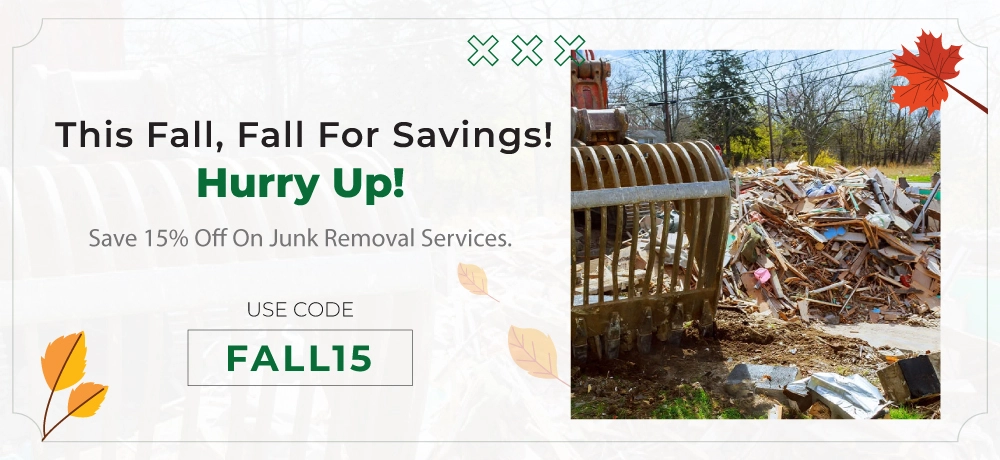Introduction
A backyard deck is a valuable addition to any home, providing a space for relaxation, entertainment, and enjoying the outdoors. However, over time, decks can deteriorate due to weathering, aging, and wear and tear. Recognizing the signs that your deck can no longer hold up is essential to ensure the safety of your family and guests. This article aims to educate homeowners on the warning signs of a failing deck and provides guidance on taking appropriate action.
Visible Signs of Damage
a. Rotting and Decay: Moisture, exposure to the elements, and inadequate maintenance can cause wood to rot and decay. Look for soft, spongy spots, discoloration, or signs of fungal growth on the surface or supports of your deck.
b. Split or Cracked Boards: As wood ages, it can develop splits, cracks, or splinters. These imperfections not only compromise the deck’s structural integrity but also pose a safety hazard to anyone walking on it.
c. Loose or Missing Fasteners: Check for loose or missing screws, nails, or other fasteners that hold the deck together. Loose connections weaken the deck’s stability and should be addressed promptly.
d. Wobbly Railings and Supports: If the railings or supports feel loose or wobbly when pressure is applied, it indicates a structural issue that requires immediate attention. Unstable railings can lead to accidents and injuries.
e. Warping and Unevenness: Over time, boards can warp or become uneven, causing an unstable walking surface. This can lead to trips and falls, particularly for those with mobility challenges.
Structural Integrity
a. Sinking or Tilting: If your deck appears to be sinking on one side or tilting in any direction, it suggests a problem with the foundation or supporting structures. This could be due to soil erosion, inadequate footings, or settling over time.
b. Excessive Bouncing or Sagging: When walking on your deck, excessive bouncing or sagging indicates weakened support beams or joists. This is a clear indication that the deck is no longer capable of bearing weight safely.
c. Corrosion or Rust: If your deck uses metal connectors, such as brackets or fasteners, check for signs of corrosion or rust. Rust weakens the integrity of metal components, compromising the stability of the deck.
d. Inadequate Ledger Attachment: The ledger board, which connects the deck to the house, should be securely attached with appropriate flashing to prevent water intrusion. A poorly attached or deteriorated ledger can lead to deck collapse.
e. Insufficient Post-to-Beam Connections: The connection between the deck’s support posts and beams must be sturdy and properly fastened. If these connections are loose or weak, it can result in a structurally compromised deck.
Taking Action
a. Safety First: If you notice any of the aforementioned signs, prioritize the safety of yourself and others by restricting access to the deck until the necessary repairs or assessments are completed.
b. Professional Inspection: Engage the services of a qualified and experienced deck contractor or structural engineer to conduct a thorough inspection. They will assess the condition of your deck, identify any underlying issues, and provide recommendations for repairs or replacements.
c. Repair or Replace: Depending on the severity of the damage and the age of the deck, your professional inspector will advise whether repairs or a complete deck replacement is necessary. Factors such as rot, extensive damage, and structural issues may warrant a full replacement for long-term safety and durability.
d. Permits and Codes: Before proceeding




